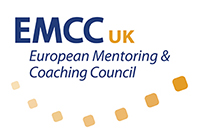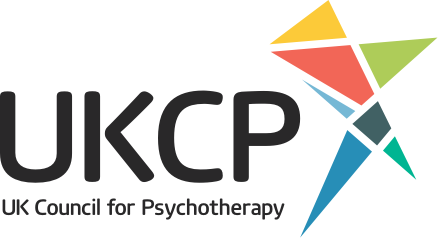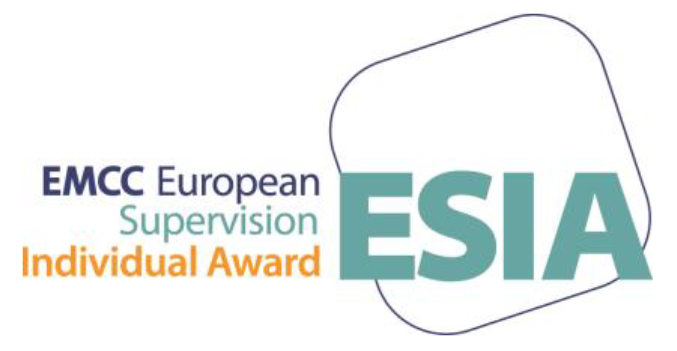A radical approach to the ‘gender’ problem
The Gender ‘Problem’
I have being doing quite a lot of work recently on ‘gender’ in the work place.
It has become a fairly general truism that women are likely to be disadvantaged in their progress to the senior echelons in many organisations. The data certainly suggests that the ratio of women to men in management positions declines quite significantly towards the top of most management hierarchies.
A range of general assumptions are commonly made about why this is so, the most general being that organisational cultures tend to be patterned by masculine values, belief systems, attitudes and behaviours. Within this kind of umbrella assumption are included a wide range of views about the nature and extent of the ‘difference’ between men and women, the role of biology, social expectations and patterning, parenting, the interplay between work and family life, and so on.
Because something is defined as a problem, it is axiomatic that solutions have to be found, and because the problem is usually constructed in terms of a form of discrimination ‘against’ women, most solutions seek to redress the balance by various forms of positive discrimination, such as leadership or mentoring programmes, or sponsorship for women, and anti-discrimination polices and procedures to ensure equal opportunities, and so forth.
Whereas these solutions may well have been useful to some extent, the ‘problem’, as defined, is still with us, and has been for some time. I think continuing with these kinds of solution is merely trying harder, and that it is time to reformulate how we think about the problem.
What I want to suggest is that we stop trying to ‘fix’ the women or ‘fix’ the men. This has the perverse effect of making both men and women feel bad as the source of the problem. If we focus instead on the relationship between men and women, and invite them to reflect deeply and robustly on what they are co-creating together, and what they would like to change, we start to address the systemic nature of this phenomenon.
I was introduced to a method by Martha Morris Graham, a colleague of mine, who has been one of the pioneers of a new approach involving setting up ‘dialogue groups throughout the organisation.
Why Dialogue Works
Business discussions are typically conducted at the level of opinion, conjecture and conclusion. They are focused on debating points of view and making decisions as quickly as possible in order to move to action and solutions.
In dialogue people are asked to slow down that process in order to disclose more of the personal assumptions and beliefs that lead them to the conclusions they draw, opinions they hold and actions they take. As these assumptions and beliefs are generally out of people’s conscious awareness, bringing them into the open is often illuminating and leads to a quality of conversation most people have rarely had before in a business context.
The experience of being in this type of conversation is a powerful intervention in itself and builds capacity amongst leaders for deeper exploration of issues of vital importance to the organisation.
A dialogue approach enables men and women in the organisation to sit down and talk together with deep honesty about how their careers have actually developed. The benefits from this approach are that:
- Greater understanding will emerge between men and women about similarities and differences in how they see the world and their careers, how the environment and culture impact them and what unconscious biases and assumptions they make about each other
- Individuals, both male and female, who participate will gain insights and may feel empowered to enact change
- At the same time the organisation can collate the themes from their collective thinking to inform structural or process changes as necessary at a later stage
The method is very simple; twelve people (six men and six women), who have a real interest in the topic, and are potentially up for doing something about it, are invited to a facilitated ‘dialogue’ that lasts for about a day. The simple and rather radical key to this process is that the participants are invited to act on what they learn in whatever way they see fit, rather than expect some central function like HR to set up an initiative. This is change based on local initiative rather than a project rolled out top down.
A more general application
One of the participants in one of these sessions in a large corporate company, apparently went to her boss afterwards and said, “this is the way we should work with change”
I was reminded of Patricia Shaw’s book “Changing the Conversation in Organisations” and thought that this is a ‘method’ which we can adapt to work with any change issue; simple but effective.
Bill Critchley, July 2014




